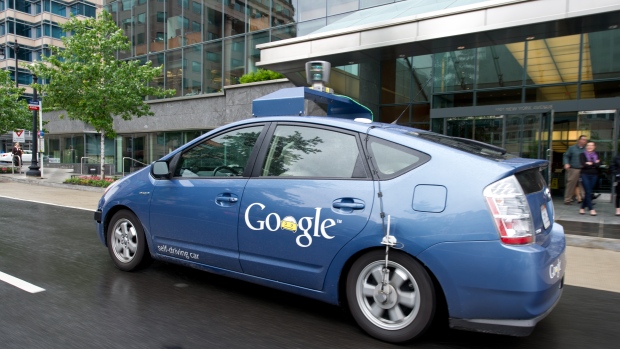Unless you live and work in the city centre, the likelihood is that you will be one of the millions making the daily commute to your place of work by car or taxi. With almost all the world’s transportation energy coming from petroleum-based fuels, automotive vehicles account for a staggering percentage of the world’s greenhouse emissions. As the population increases, so too do the use of cars and transport vehicles such as vans and trucks, however, what looks like an inevitable and necessary evil could soon be changing thanks to the development of the latest robotic technology. Meet the Robotaxi – an electric, automated, self-driving vehicle designed to take multiple passengers in separate booths to their required destination. Already championed and piloted by big names such as Google, Nissan and Uber, robotaxis look set to revolutionise the way we travel whilst cutting global greenhouse gas emissions.

Interested? You should be. With emissions rising to dangerously high levels and fuel prices constantly rising, drivers are having to seriously consider the purchase of a hybrid car at the very least in order to continue driving. Self-driving robotaxis have actually undergone even further development than privately owned hybrid vehicles and therefore boast around 80% less emissions than their private counterparts. Despite the rise in popularity of hybrid vehicles, their increased use cannot match the energy efficiency and environmental benefits of the robotaxi. Recent statistics predict that if only five percent of vehicles in 2030 were converted to robotaxis it could reduce greenhouse gas emissions by up to 2.4 million tons each year.
Robotaxis are not only environmentally friendly; the latest research being conducted in Europe involving none other than automotive giants Volkswagen, include the development of an artificial intelligence car that can respond to commands sent via a smartphone app. These super smart, automated electric taxis will collect you from home, drive you to the train station and find a parking space before charging themselves for the return journey.
Remarkably, web enabled taxi services are already available and in operation through forward thinking companies Uber and Lyft, and although robotaxis are almost certainly a part of the future for the next generation, cab drivers everywhere need not panic about losing their jobs just yet. In order for automated cars to be rolled out on our roads, city planners are going to need to redesign our road systems to accommodate the new travel alternatives.
Furthermore, as eco-friendly as they are, robotaxis are going to need more than just the novelty factor in order for their popularity to really take off. But, with a long standing history of robotics in the automotive industry, there is hope that the general public will be able to place their trust in these machines, and, with short journey test runs being piloted the world over, it seems that road worthy robotaxis are right around the corner.










Comments